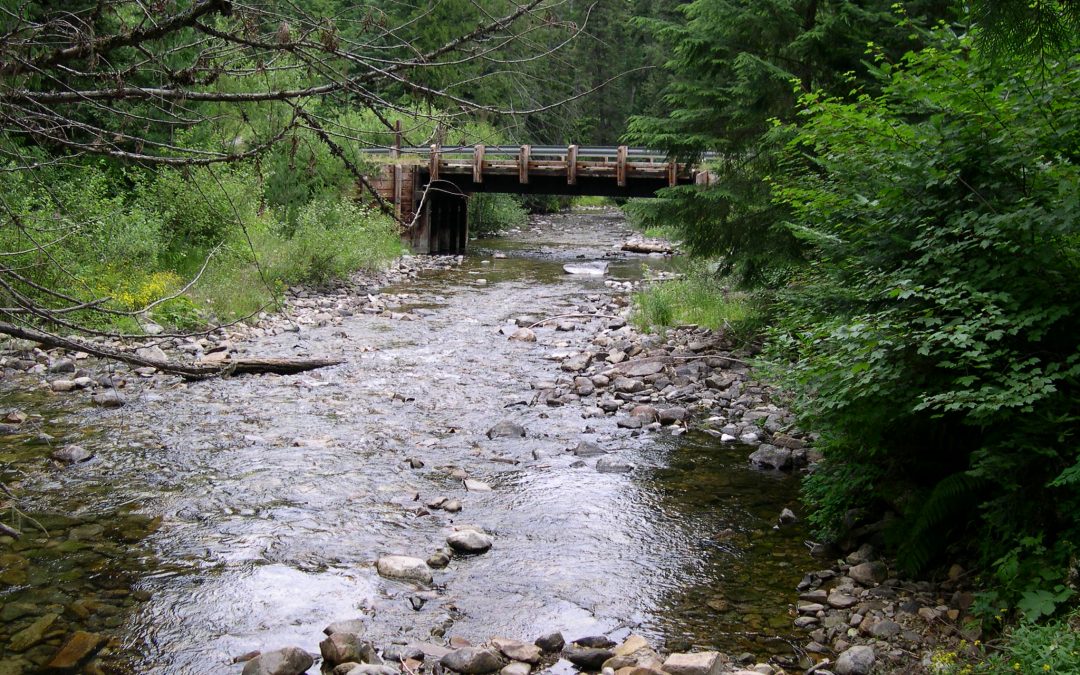Natural Resource Development, NEPA, Baseline Data, Science, Defensible Science, and Project Objectives
If you are permitting a mine in today’s regulatory environment, whether on private or public lands, data is king. The NEPA process has morphed over the years to be the lighting rod of litigation. Because of this, the federal agencies are forced to abandon the conventional wisdom of “best available science”, “close look”, and “reasoned decisions” to disclose potential project impacts to the public. Judges and the environmental organizations do not seem to embrace the concept of multiple use of lands that meet the intent of land management plans. We have heard too many times that the agency review must be “bullet proof”; a performance standard that is either not technically achievable or takes many years more than litigation.
The agencies are tasked to take a thorough look at all the issues and use the best available science. The land manager is to use this information along with various land management plans to make a reasoned decision. NEPA does not require the agencies to answer all the questions definitively and accepts that there will always be some element of uncertainty in every decision or technical analysis.
Mining companies and other natural resource firms are faced with meeting those bullet proof requirements using conventional science. We also find in many cases that the agencies data is limited or lacking due to many factors. Those factors are unimportant when a company is attempting to get their project approved. With the Endangered Species Act; you have a complex series of “justifications” that have slowly been put in place that hinder or completely eliminate multiple use; and the courts have supported this position regardless of the legislative intent of a law.
Successful project approval is in the collection of defensible baseline data and in many times counters the accepted assumptions by the agencies on various resources (water, air, aquatic, etc.). While we mentioned data is king, it is also unreasonable to use the shotgun approach and hope you hit the target. Defensible science completed by the company is not bad science or unacceptable because of clashroyaleboom the companies interest in obtaining the permit; a common view taken by opponents. Know where you are going to achieve project success. Prove your position and have better data than the agencies. Targeted and focused on issues facing that particular project. Experience helps to design the science to meet project objectives and support approval of the project. Working backwards by comparing agency data and issues will help to design components of the science with a more predictable outcome. This is not research where you form an idea, prepare a study plan, and then address results. In natural resource development, it is important to know the answer needed to support the agencies decision, assess available data, and prepare the study/data collection to ensure the specific data is collected to achieve the outcome. There is no correct answer but having the proper data will allow the agencies to better disclose impacts, prepare reasonable mitigation, and have the technical information to support the disclosed level of impacts to the public.
The project opponents will never consider the science or adequacy of the data in their consideration to use litigation to make changes or stop a project. Rather, it emboldens the agencies decision making process with focused high quality data that in many cases rebuts or is counter to the resource specialist institutional wisdom. This is particularly true on threatened, endangered, and sensitive species.
Experience drives innovation to develop the defensible science where and when you need it.


Recent Comments